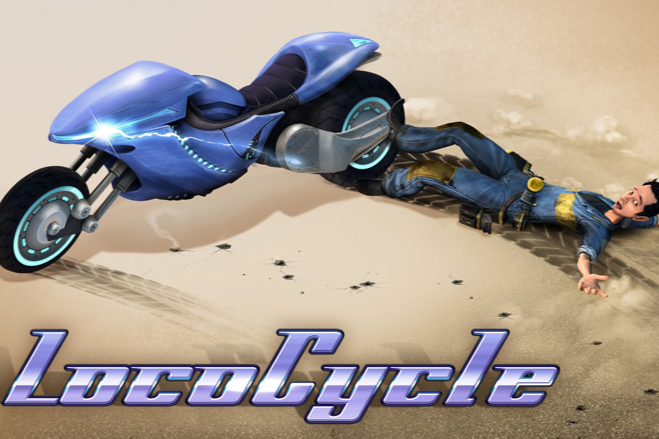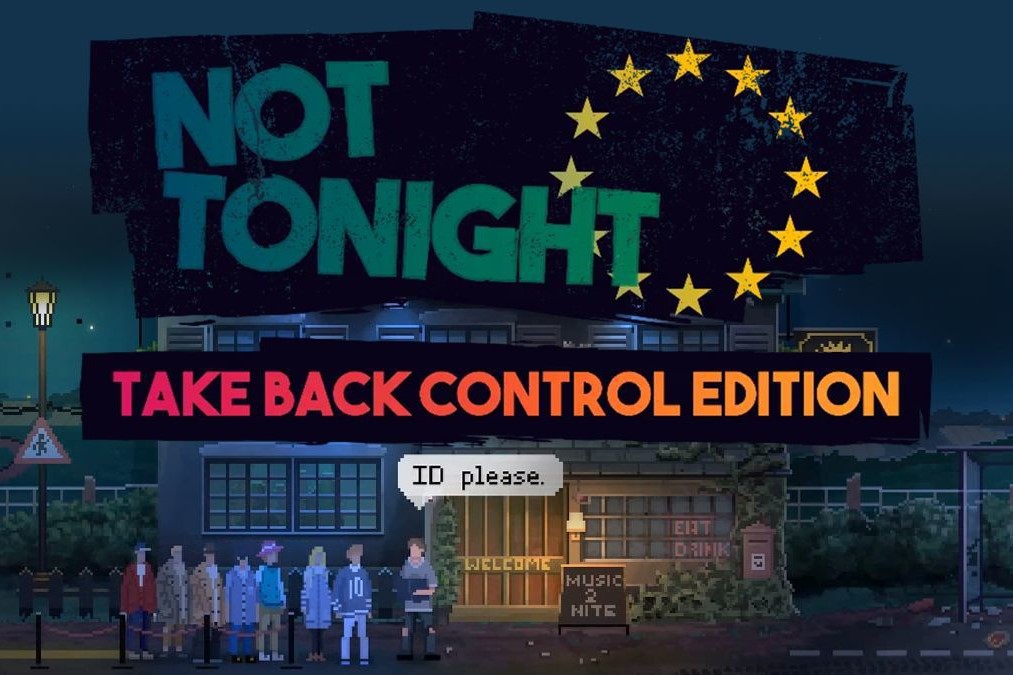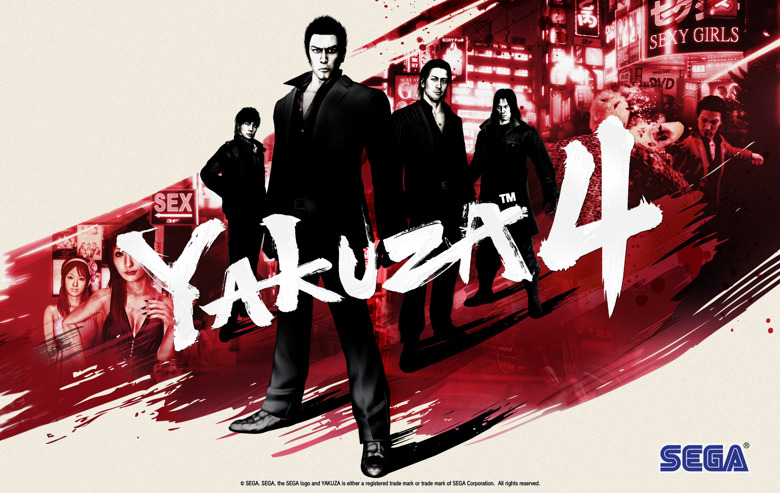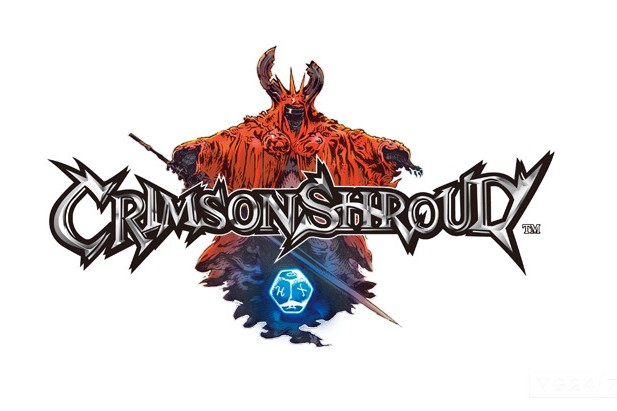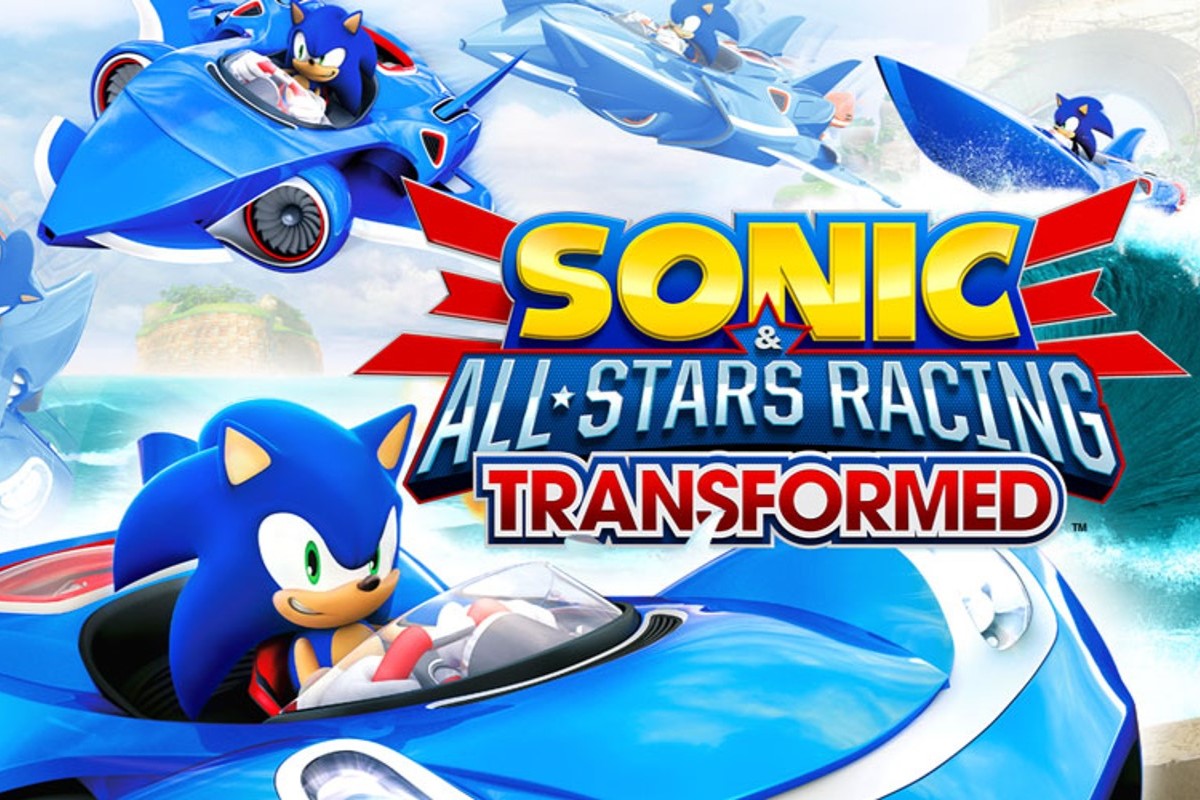
Developed/Published by: Twisted Pixel Games / Microsoft Game Studios
Released: 22/11/2013
Completed: 17/01/2025
Completion: Finished it.
Picked this one up because I saw Coury from My Life in Gaming recommend it, somewhat out of nowhere on the channel’s “The Games We Played in 2024” episode (always extremely enjoyable). It caught my eye particularly because it features FMV with James Gunn (filmed basically seconds before he’d take off with Guardians of the Galaxy), Tom Savini and Lloyd Kaufman, and that’s… really weird! It feels like something I’d have noticed at the time, not least because Twisted Pixel were on my radar as one of the teams of the “Xbox Live Arcade” era (thanks to releases like ‘Splosion Man.)
Well, I learned I’d missed not just Lococycle but a lot in the last decade, because not only had they moved on from being a Microsoft Games studio, they’d actually become part of Meta (boo!!!) and have spent their time making VR games for an audience of I assume very few, which is a bit of a bummer. Their last release was short VR beat-em-up Path of the Warrior in 2019, so I hope they’re doing alright (trying to destroy Meta from within, preferably.)
Anyway, I have to remark that it’s absolutely hilarious that I’d somehow manage to play two games in a row that heavily feature a character called Iris, except in this case she’s a sentient motorbike that can’t speak Spanish.
Yep, there’s no throughline with 1000xRESIST here [“no one would have imagined there was”–Ed.] though I have to say I’m impressed with just how stupid Lococycle is willing to be. It feels like a game where everything about it was decided based on the phrase “it would be funny if..” and then no one bothered to check if it that was actually that funny or not. I mean, this is a game where the main gag is that you’re controlling a bike that has a mechanic being dragged behind it because his trouser leg is tangled on the bike’s exhaust! And then the guy is played by Freddy Rodríguez in the FMV! That guy’s a real actor!
The game itself is pretty simple, but I’m going to go ahead and say it’s a pretty clever way for them to do a narrative game without having to resort to making something that’s not much more than a visual novel–or making it possible for the player to mess too much with the pacing based on how they play. Because every level has a constant forward momentum (you’re on a bike!) each level essentially runs on a timeline–waves of enemies and narrative hit when they want it to.
But it doesn’t entirely feel on-rails; you have to control the bike, and there’s just (just) enough variety to cover the game’s four hour runtime. You have the basic, Spy Hunter “chase and shoot enemies”, then a take on the classic Arkham Asylum counter combo system, and finally a bunch of quick time events that are (thankfully) easy and I believe impossible to actually fail. There’s a few other mini-games (one to repair the bike via on-screen inputs, etc.) and a mild upgrade system, too.
It’s nothing that special, and I think it could still have been a bit shorter (you’re definitely done with it at the end) but it’s all rewarding enough in the moment. The FMV videos really stand out because they have the strange pacing of low budget regional filmmaking and the non-sequitur dialogue is, if not improvised, amusingly non-professional. I can imagine lots of people being turned off by this, but I’m someone who seeks out things like Shower of Screams and is in heaven for the entire running time (seriously, watch it) so the entirely “off” nature of all the FMV here is a rare pleasure–it’s not intentionally bad in a way you’re meant to enjoy ironically, it’s just… awkward, and that awkwardness gets you on side. You find it charming.
I mean they managed to get Robert Patrick to play an evil motorbike and read some of the daftest dialogue he’s probably ever had put in front of him, and watching it you just think how lovely it is that he doesn’t take himself too seriously.
Anyway. Sure, Lococycle isn’t the greatest but I appreciate that there’s nothing else out there like it!
Will I ever play it again? I can’t imagine that I will.
Final Thought: For any historians out there, something really wonderful about the release is that there’s so much behind the scenes documentation in the game, with videos of all their shooting days and loads of photos of concept art and renders. I don’t get the sense that this did particularly well (it was an Xbox One launch title, oof) but I love that if you want to know literally everything there is to know about this game, it’s all right there!
